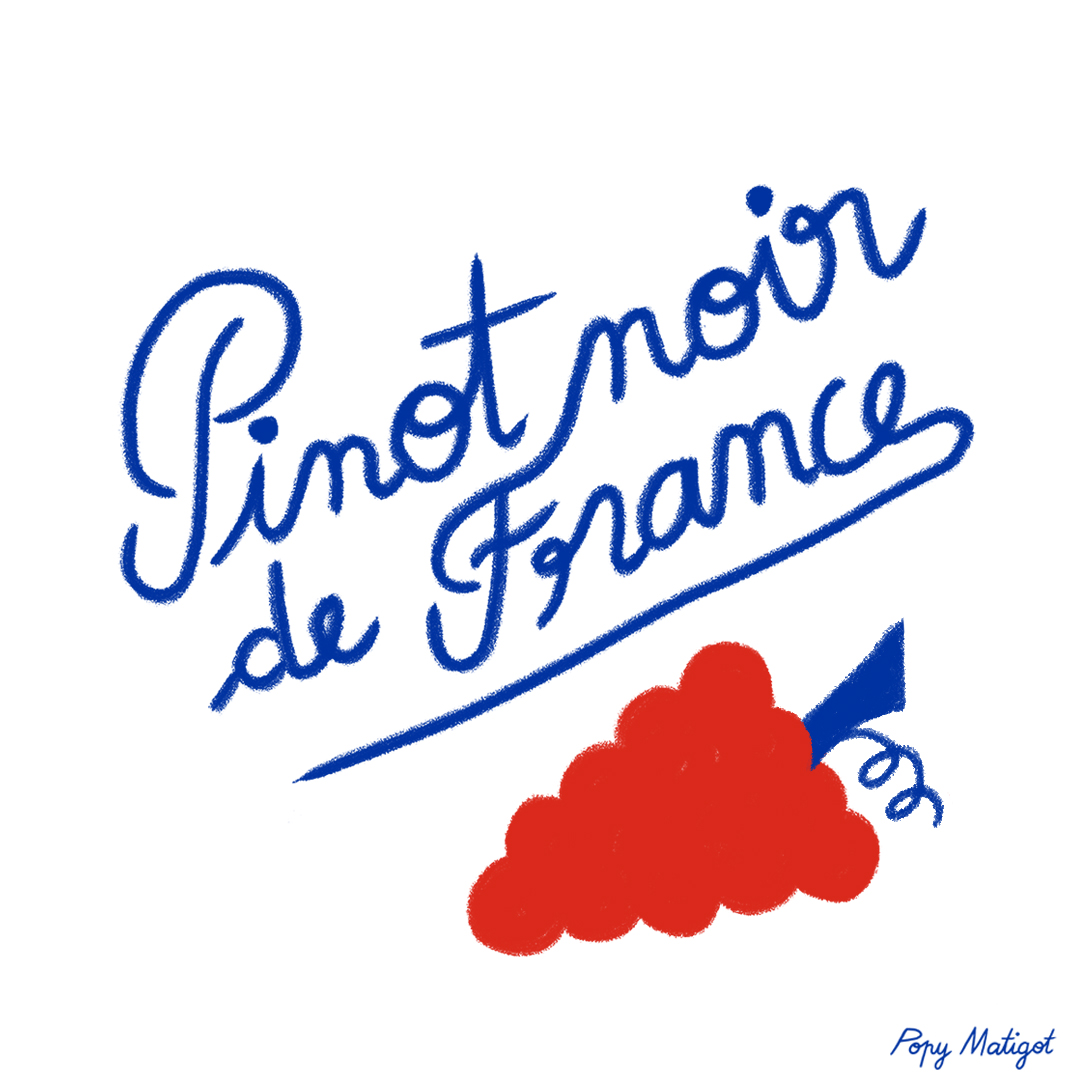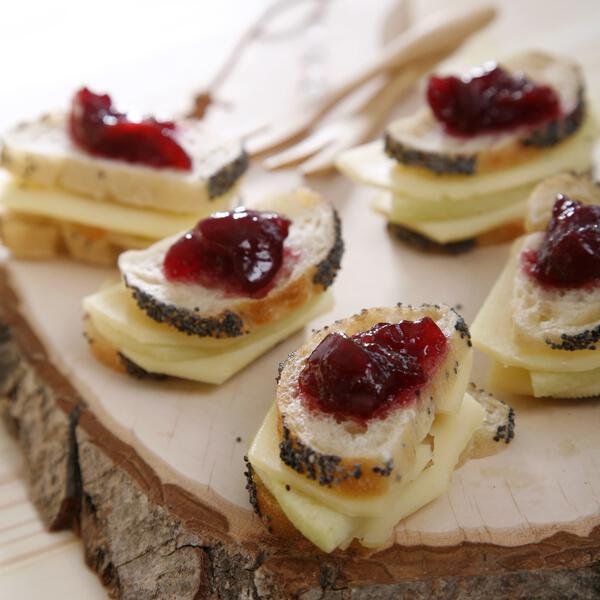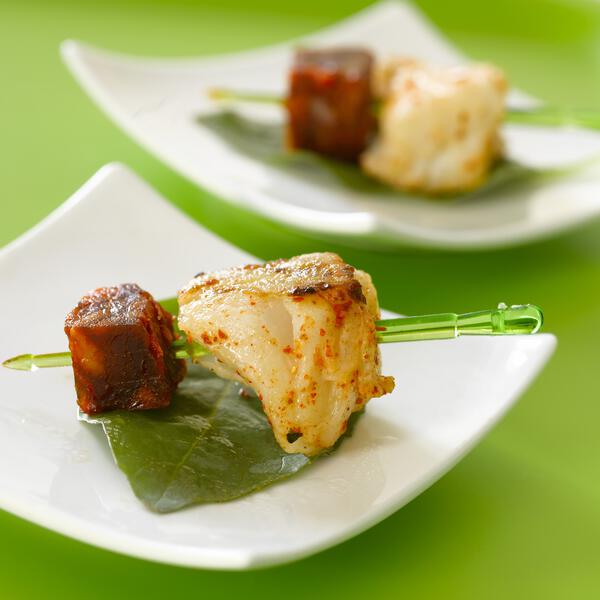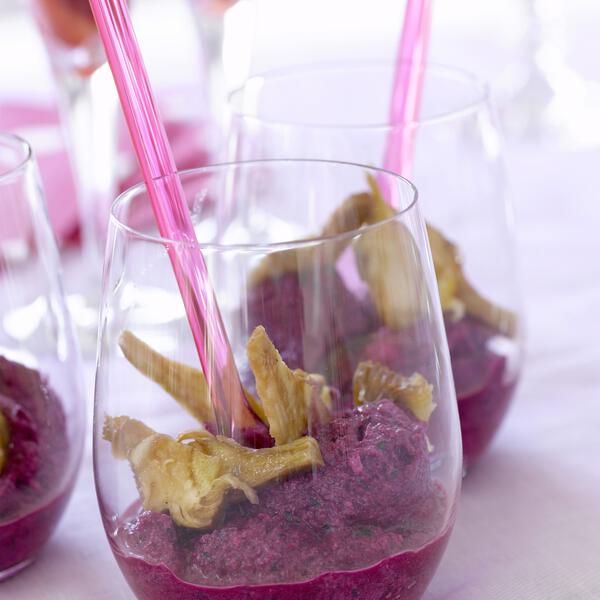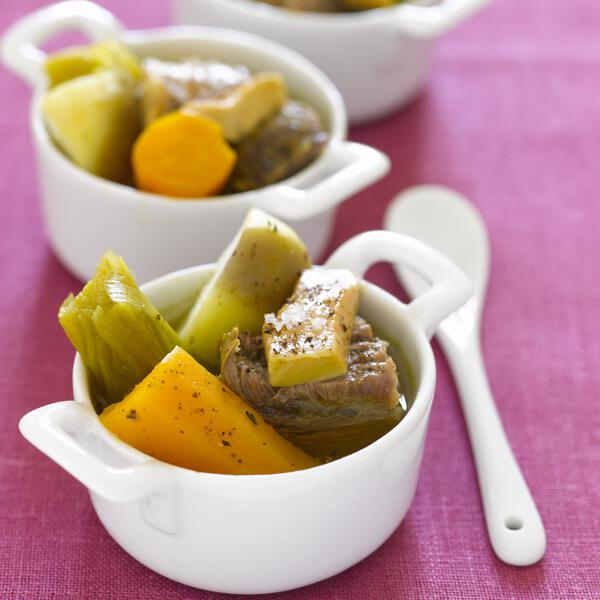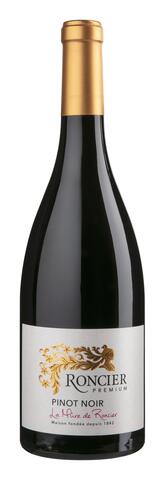Pinot Noir de France
Wines color
Taste profile
Sweetness
Body
Acidity
Tannins
Alcohol
Table of contents
Wines produced
Occasions
Wine pairing
With its light, bright color, Pinot Noir de France is a delicate, gentle charmer with subtle aromas. Its refined liveliness makes it an excellent match for fine foods. It delights those who prefer drinking a red wine with fish. It is an ideal partner for pot-au-feu and the jazzed-up scrambled eggs served at Sunday brunch. More generally, Pinot Noir is wonderful with white meats such as veal
Main food pairings:
- Roasted poultry and veal
- Veal and Poultry in cream sauce
- Pizza and Tex Mex
- Soft cheese or cooked cheese
Aperitif ideas
Medal winners
Encyclopedia
Origin
From the area around Dijon, Pinot Noir is part of France’s rich ampelographic heritage. It has recently been planted at a large scale in other new wine-growing regions around the world. It is the ancestor of a dozen other varieties, including Chardonnay, Gamay and Aligoté.
Aromas
Pinot Noir stands out through its typical cherry aroma with a number of variations; red cherry, black cherry, bitter cherry and even wild cherry. When aged, its wines offer subtle notes of prune, wild game, leather and earthiness.
Wines profile
In favorable conditions, Pinot Noir can be used to make extremely high quality wines that can be aged for many years, as they combine power, subtlety, intensity and aromatic complexity. This variety has a high capacity to concentrate sugar and only average acidity (sometimes insufficient when fully ripe). Pinot Noir's color often lacks intensity but holds up well over time. Pinot Noir also makes high-quality base wines for use in sparkling wines.
Cultivation areas
Pinot Noir is grown throughout the northeastern part of France, mainly between Dijon and Lyon. It is also found on the banks of the Loire and, to a lesser extent, in other more southern regions, such as the area between Nimes and Perpignan, in high, cool valleys.
Precocity
Pinot Noir is an early variety, both in terms of starting its vegetative phase and in terms of ripening. It buds 2 days after Chasselas, the benchmark, and reaches full ripeness half a week to a week after it, making Pinot Noir a Period I grape variety.
Vigor
Pinot Noir is a quite vigorous yet not highly productive grape variety. It is whimsical, and is particularly susceptible to springtime frosts. Pinot noir is generally trained. Its potential is fully expressed when its vigor is low to moderate and yields are limited. This variety, which requires careful disbudding, tends to produce a high number of grappillons, small grape bunches that do not ripen and are not harvested.
Soils
Pinot Noir expresses itself wonderfully and gives its best results in limestone-clay soils, with a high proportion of limestone. It is particularly fond of a variety of clay known as Montmorillonite (from the name of a town in the Poitou region, Montmorillon), which has a very high cation exchange capacity (positively charged ions). It seems that clay gives Pinot Noir wines greater depth.
Climat
A northern variety that ripens relatively early, Pinot Noir is not susceptible to the sometimes harsh cold of eastern France. In the event of springtime frosts, the secondary buds are relatively fertile. Dry areas that are well exposed to sunlight will give it a high quality ripening period, a sure sign of rich, flavorful wines. Susceptible to shot berries when the flowering period is cool or rainy, Pinot Noir is also picky during its ripening period. Excessive heat will burn it and cause it to ripen prematurely, which prevents the variety from fully expressing all of its qualities. Ideally, Pinot Noir requires slow ripening in a cool climate.
Susceptibility to diseases and pests
Pinot noir is a delicate variety, susceptible to the main diseases, in particular mildew, Brenner Disease, gray mold (on bunches and leaves) and leaf hoppers.
Use
Pinot Noir is used only to produce wine.
Descriptive elements
To identify Pinot Noir, we must first examine its shoots, which have internodes with red stripes. Its young leaves are green or yellow, and the tips of its young shoots are moderately to densely covered in flat-lying hairs. Its adult leaves are dark to very dark green and whole, with three or five lobes. Their petiolar sinus is only slightly open or even closed, with the lobes facing one another inwards in a cockscomb shape. The jagged, bubbled leaf blade has short teeth. The underside of the leaf has sparse flat-lying hairs. Pinot Noir's berries are rounded or slightly oblong. Its bunches are small to very small and compact, often without wings.
Clonal selection in France
The forty-three approved Pinot Noir clones (specifically named Pinot Noir N) are numbers 111, 112, 113, 114, 115, 162, 163, 164, 165, 236, 292, 372, 373, 374, 375, 386, 388, 389, 459, 460, 461, 462, 521, 528, 583, 617, 665, 666, 667, 668, 743, 777, 778, 779, 780, 792, 828, 829, 870, 871, 872, 927 and 943. Conservatories and collections set up in northeastern France and near Dijon (Côte d’Or and Saône-et-Loire) and Reims between 1971 and 1995 bring together nearly 800 clones.
Map of France
Pinot Noir originally comes from the area around Dijon, where it is mainly grown. It is also grown in near the Vosges Mountains in the northeast close to the German border. France is by far the world’s premier producer of Pinot Noir.
